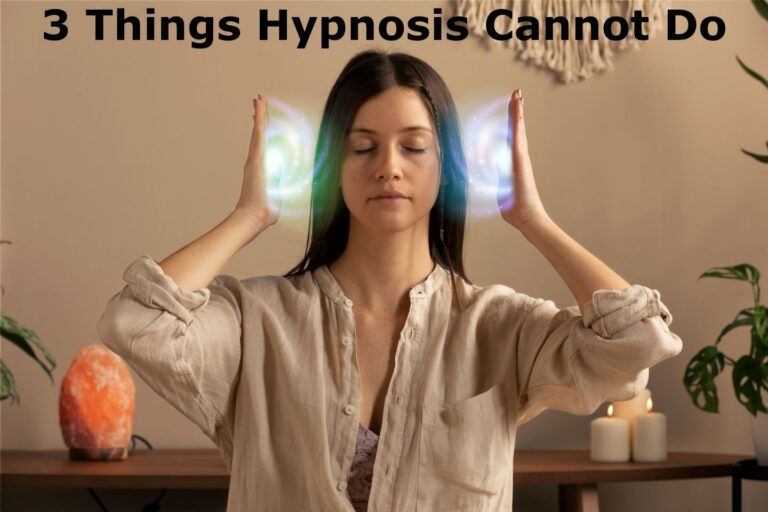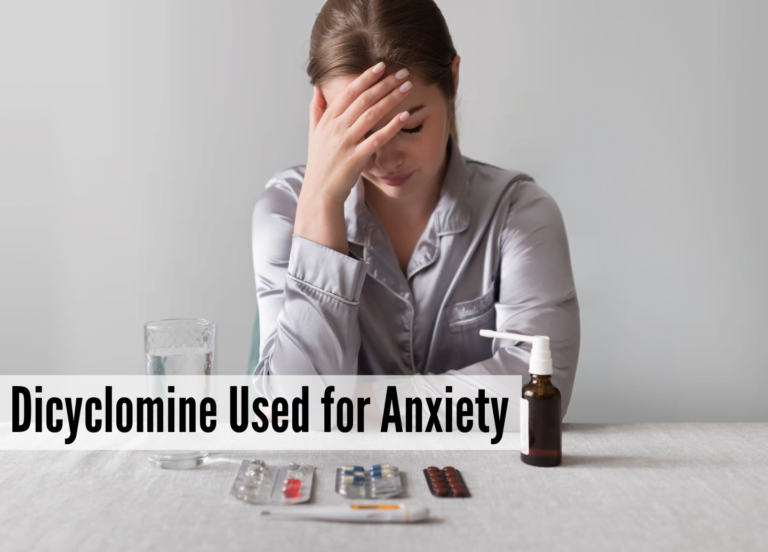10 Warning Signs of Mold Toxicity You Shouldn’t Ignore, Cautions and Treatment

Understanding What is Mold Toxicity?
Mold toxicity, also known as mold illness or mold-related illness, refers to various health issues that can arise from exposure to mold and its byproducts, particularly mycotoxins. Mold is a fungus that can grow indoors and outdoors, thriving in damp, humid, and poorly ventilated environments. While most varieties of mold are harmless or only cause mild allergic reactions, certain molds can produce. Now, proceeding to 10 Warning Signs of Mold Toxicity.
Common Symptoms of Mold Toxicity
- Respiratory Issues
- Allergic Reactions
- Digestive Problems
- Muscle and Joint Pain
- Immune System Dysregulation
- Skin Issues
10 Warning Signs of Mold Toxicity
Mold toxicity can manifest in symptoms ranging from mild to severe and affect different body systems. It’s important to note that individuals can experience different combinations of warning signs of mold, and the severity of symptoms can vary based on factors such as the type of mold, the level of exposure, and the person’s sensitivity. Here are 10 Warning Signs of Mold Toxicity:
1. Respiratory Symptoms:
- Coughing
- Wheezing
- Shortness of breath
- Sinus congestion
- Runny or stuffy nose
- Sore throat
2. Allergic Reactions:
- Sneezing
- Watery or itchy eyes
- Skin rashes or hives
- Itchy throat
- Increased sensitivity to allergens
3. Neurological Symptoms:
- Cognitive impairment (“brain fog”)
- Memory problems
- Difficulty concentrating or focusing
- Mood swings
- Anxiety and depression
- Tingling or numbness in extremities
4. Fatigue and Weakness:
- Persistent fatigue
- Reduced stamina
- Feeling drained or exhausted
5. Headaches and Migraines:
- Recurrent headaches
- Migraine attacks
6. Digestive Symptoms:
- Nausea
- Vomiting
- Diarrhea
- Abdominal pain or cramping
- Changes in appetite
7. Muscle and Joint Pain:
- Muscle aches
- Joint pain
- Muscle weakness
8. Sensitivity to Light and Sound:
- Photophobia (sensitivity to light)
- Phonophobia (sensitivity to sound)
9. Skin Issues:
- Skin irritation
- Rashes
- Dry, itchy skin
10. Sleep Disturbances:
- Insomnia
- Difficulty falling asleep or staying asleep
Important Note: It’s important to remember that while these 10 Warning Signs of Mold Toxicity can be associated with mold toxicity, they can also be caused by other health conditions. Suppose you suspect mold exposure and are experiencing persistent or severe symptoms. In that case, it’s advisable to seek medical attention from a healthcare provider knowledgeable about environmental health and mold-related illnesses.
Diagnosis and Treatment After 10 Warning Signs of Mold Toxicity
- Diagnosing mold toxicity can be challenging due to the variability of symptoms and the lack of widely accepted diagnostic criteria. Physicians experienced in environmental medicine or mold-related illnesses may conduct a thorough medical history symptom analysis and recommend specialized testing to identify mold exposure.
- After acknowledging 10 Warning Signs of Mold Toxicity, the primary mold therapy treatment near me involves removing the mold exposure source. This may include addressing water leaks or excessive humidity, improving ventilation, and eliminating visible mold growth. In severe cases, individuals may need to temporarily relocate from the affected environment to allow their bodies to recover. Additionally, supportive treatments such as detoxification protocols, nutritional support, and medications to address specific symptoms may be recommended.
- Prevention is crucial in avoiding mold toxicity after getting 10 Warning Signs of Mold Toxicity. Regular maintenance, proper ventilation, and prompt addressing of water leaks or moisture issues can significantly reduce the risk of mold growth and related health problems.
Cautions During Mold Toxicity
Dealing with mold toxicity requires caution and a comprehensive approach to minimize exposure and support your health. Here are some important warnings to keep in mind after acknowledging 10 Warning Signs of Mold Toxicity:
1. Consult a Healthcare Professional:
- If you suspect mold toxicity, consult a healthcare provider experienced in environmental medicine. They can help you understand your symptoms, recommend appropriate tests, and guide your treatment plan.
2. Avoid Further Exposure:
- Identify and address sources of mold in your living or working spaces.
- Use personal protective equipment (PPE) such as masks, gloves, and goggles when dealing with mold or cleaning affected areas.
- Limit time spent in areas with visible mold growth.
3. Don’t Self-Diagnose or Self-Treat:
- While you can take steps to support your health, self-diagnosis and self-treatment may not address the underlying issues.
4. Avoid Overexertion:
- Mold toxicity can cause fatigue and weakness. Avoid overexertion and get adequate rest to support your body’s recovery.
5. Support Your Immune System:
- Focus on a balanced diet of whole foods, fruits, vegetables, and lean proteins to support your immune system.
- Avoid excessive sugar and processed foods that can weaken immune function.
6. Mind Your Environment:
- Maintain proper ventilation and humidity control to prevent further mold growth.
- Use air purifiers with HEPA filters to reduce airborne mold spores.
7. Avoid Stress:
- Chronic stress can impact your immune system. Incorporate stress-reduction techniques like meditation, deep breathing, and relaxation exercises.
8. Follow Medical Recommendations:
- If your healthcare provider recommends medications, supplements, or specific treatments, follow their guidance carefully.
9. Monitor Your Symptoms:
- Keep track of your symptoms and any changes you notice. This information can help your healthcare provider assess your progress.
10. Consult Before Detox Protocols:
- If you’re considering detoxification protocols or supplements, consult your healthcare provider first. Some detox methods may not suit everyone and can worsen your condition.
11. Prevention:
- Once you’ve addressed the mold issue, take preventive measures to avoid future exposure. Regular maintenance and vigilance are vital to preventing recurrence.
12. Avoid Mold-Prone Environments:
- Avoid environments known for excessive mold growth, such as damp or water-damaged buildings.
Important Note: Mold toxicity is a complex issue, and it’s essential to prioritize your health and well-being by seeking professional guidance and following a cautious and well-informed approach. Working with healthcare providers knowledgeable about environmental health and mold-related illnesses can help you navigate the challenges of mold toxicity effectively.

How to Get Rid of Mold Toxicity
Addressing mold toxicity involves a combination of steps to remove the source of mold exposure, support your health, and prevent further disclosure. It’s important to note that consulting with a healthcare provider experienced in environmental medicine is essential if you suspect mold toxicity. Here are the general steps to consider after getting 10 Warning Signs of Mold Toxicity:
1. Consult a Healthcare Provider:
- Seek medical advice from a healthcare provider specializing in environmental medicine or mold-related illnesses. They can help assess your symptoms, order relevant tests, and guide your treatment plan.
2. Identify and Remove Mold Source:
- Inspect your living and working spaces for signs of mold growth, such as discolored patches on walls, ceilings, or damp areas.
- Address any water leaks or moisture issues immediately to prevent further mold growth.
- If mold growth is extensive or severe, consider hiring a professional mold remediation company to safely remove the mold and affected materials.
3. Improve Indoor Air Quality:
- Use air purifiers with HEPA filters to help remove mold spores.
- Ensure proper ventilation in your home to reduce humidity and prevent moisture buildup.
4. Personal Protection:
- Use personal protective equipment (PPE) like masks, gloves, and goggles when cleaning or dealing with mold.
- Avoid spending extended periods in areas with visible mold growth.
5. Support Your Immune System:
- Eat a healthy diet of antioxidants, vitamins, and minerals to support your immune system.
- Consider taking supplements or herbs that can help support detoxification and immune function under the guidance of a healthcare provider.
6. Hydration and Detoxification:
- Drink plenty of water to help flush out toxins from your body.
- Consider strategies like saunas, Epsom salt baths, and dry brushing to support detoxification.
7. Nutritional Support:
- Certain foods, such as those rich in fiber and sulfur, can support your body’s natural detoxification processes.
- Consult a healthcare provider or nutritionist for personalized dietary recommendations.
8. Reduce Stress:
- Chronic stress can weaken the immune system. Incorporate stress-reduction techniques like meditation, deep breathing, yoga, or mindfulness.
9. Medications and Supplements:
- Depending on your symptoms and the severity of mold toxicity, your healthcare provider might recommend medications or supplements to address specific issues like inflammation, immune system dysregulation, or neurological symptoms.
10. Environmental Changes:
- If your home has a history of mold problems, make necessary structural changes to prevent future mold growth. This might include improving ventilation, repairing leaks, and using dehumidifiers.
11. Consult Professionals:
- Work with mold inspectors, environmental hygienists, and healthcare practitioners with expertise in dealing with mold-related issues.
Important Note: Remember that addressing mold toxicity is a holistic process involving medical and environmental interventions. Working closely with health tips professionals who can guide you through the appropriate steps based on your situation and health needs is essential. Prevention is also crucial to avoid further mold exposure, so maintain a clean and dry living environment to minimize the risk of future mold-related health issues.
Conclusion for 10 Warning Signs of Mold Toxicity
In conclusion, 10 Warning Signs of Mold Toxicity, mold toxicity is a significant concern that can impact individuals’ health and well-being, often necessitating careful attention, proactive measures, and professional guidance. Mold exposure, particularly to certain types of molds and their mycotoxins, can lead to a range of symptoms affecting various systems in the body. While not everyone exposed to mold will experience severe health effects, it’s crucial to remain vigilant about its potential risks.
Recognizing the warning signs of mold toxicity is essential for early intervention. Symptoms can include respiratory issues, allergic reactions, neurological symptoms, fatigue, headaches, digestive problems, and more. However, these symptoms can overlap with other health conditions, emphasizing the importance of seeking accurate medical diagnosis and treatment from professionals experienced in environmental medicine.






